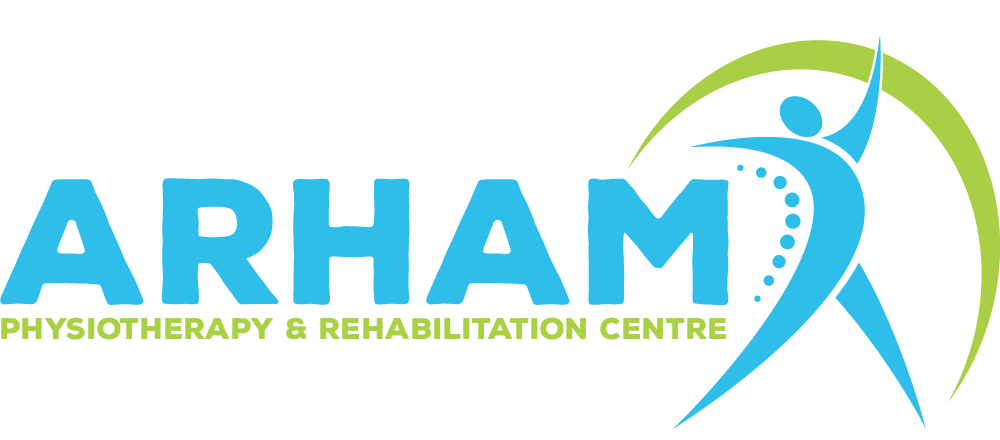The Benefits of Prenatal Physiotherapy: A Comprehensive Guide
Prenatal physiotherapy exercises focus on pregnant women’s needs to help them maintain their strength and flexibility during pregnancy.
Pregnant women can deal with the pain and suffering of pregnancy-related pain with prenatal exercises. All these exercises can be done at home or in the office with the assistance of a physiotherapist.
What is Prenatal Physiotherapy?
Physiotherapy activities prioritize the specific requirements of pregnant women, aiming to assist them in preserving their physical strength and flexibility throughout their pregnancy. This is called prenatal physiotherapy.
Prenatal exercises help pregnant women deal with pain and suffering in various ways, which we will learn about in this blog post.
The Benefits of Prenatal Physiotherapy:
You can easily benefit from the physiotherapy exercises and boost your strength and flexibility to give birth.
Pain relief:
Many pregnant women suffer from back pain, so they tend to join physical therapy exercises. Physiotherapy can assist pregnant women in dealing with the pain and suffering with exercises. By practising prenatal physiotherapy exercises, you can make yourself ready to give birth to a child by improving the strength and flexibility of your body.
Pelvic floor strengthening:
Pregnancy can put significant pressure on the woman’s bladder during and after pregnancy. It causes incontinence in a woman’s bladder. Prenatal physiotherapy can assist you in strengthening your pelvic floor to help you control your bladder and avoid incontinence.
Movement Coaching:
It is challenging to do simple tasks and movements while pregnant, whether getting out of bed or picking up some of your stuff. With prenatal physiotherapy, you can learn to move your body and perform simple tasks by reducing pain, suffering and the risk of injury.
Carpal tunnel reduction:
Carpal tunnel syndrome is a notable effect observed in many pregnancies, affecting up to 62% of pregnant women. Physical therapy is effective in managing the symptoms of carpal tunnel syndrome through the implementation of wrist exercises and manual therapy techniques, wherein the therapist utilizes their hands to mobilize the patient’s joints and soft tissue.
Reduces joint stress:
Pregnant women often experience achiness in their knees, hips, hands, and other muscle joints due to the weight of the child they are carrying. Physical therapy can help strengthen muscles and joints to improve health and support the bones. This way, pregnant women can reduce joint pain and feel less pressure on their bodies.
Smoother Delivery:
Giving birth is a rough process in which pregnant women suffer from pain, injury and risks. Still, physical therapy can help deal with pain and suffering through prenatal physiotherapy. With the assistance of physical therapy, women can learn stretches and exercises to improve the flexibility of hips, abs and back, which is helpful during labour.
Through prenatal physiotherapy, pregnant women can improve their body’s strength and flexibility. Physiotherapists can assist and teach pregnant women to do health-oriented exercises to improve the overall health of the pregnant women and help them become mentally ready for giving birth to the child.
FAQs:
Que: What is prenatal physiotherapy?
Ans: Using a physiotherapist’s knowledge of the body and its changes throughout pregnancy, prenatal or pregnancy physiotherapy helps you get through the pregnancy stage. Lower back, hip or pelvic pain is frequently experienced during pregnancy.
Que: Why is physiotherapy important during pregnancy?
Ans: pregnancy hormones soften supporting ligament muscles and make them vulnerable to strain. It makes pregnant women feel discomfort and pain during the pregnancy. Physiotherapy during pregnancy assists to maintain movement and reduce muscle strain and damage.
Que: What are the benefits of prenatal training?
Ans: It reduces your pain and aches, assists inward constipation, boosts mood, promotes better sleep, lowers the risk of pregnancy complications, supports easier & faster labour, improves the baby’s health, etc.
Que: When should I start prenatal physiotherapy?
Ans: Pelvic health physiotherapy is best started in the second or third trimester of pregnancy. Pregnancy is a time to focus on strengthening the core, deep breathing, and stretching to ease labour and delivery.
Que: What is the aim of prenatal care?
Ans: Prenatal care aims to provide superior care to pregnant women and unborn child and prepare pregnant women for a healthy delivery for the women.
Que: What are prenatal exercises?
Ans: Prenatal exercises involve walking, swimming and water workouts, riding a stationary bike, yoga and pilates classes, low-impact aerobics, strength exercises, etc.
Que: What is the prenatal period?
Ans: The time from a woman’s conception until the moment she gives birth is known as her “prenatal period.” Evidence suggests there are vulnerable developmental windows during which prenatal exposure to stress can have lasting effects on the developing foetus and infant.
Que: What are prenatal vitamins?
Ans: Prenatal vitamins are dietary supplements encompass essential daily vitamins and minerals required before and throughout pregnancy. Folic acid is often regarded as a crucial nutrient to incorporate into one’s dietary regimen while considering conception. Folic acid, classified as a B vitamin, is an essential nutrient required by cells inside the human body for growth and development.
Conclusion:
Expert physiotherapists can help you perform the best prenatal physiotherapy exercises to improve the strength and flexibility of your body. Prenatal physiotherapy can help you improve the muscles, pelvic floor, and stretching abilities to make your muscles stronger and more flexible to deliver the baby. With the assistance of prenatal physiotherapy, pregnant women can boost their confidence and muscles, making them ready to give birth.

